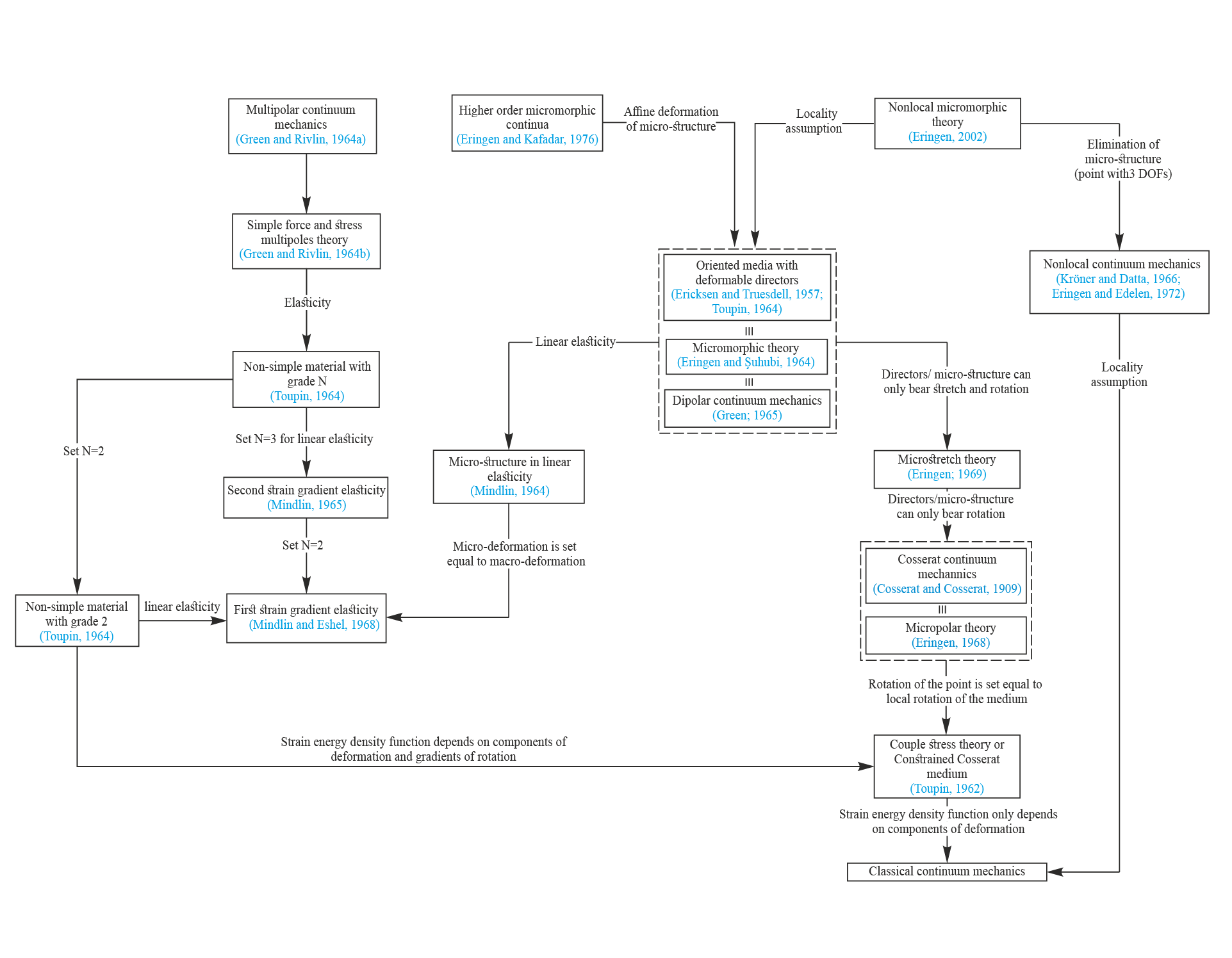Hossein M. Shodja

In this work, after formulating the weakly nonlocal micromorphic equations of motion for non-Bravais crystals with general anisotropy, specialization to diamond structures is made. A critical dilemma is the determination of the elastic moduli tensor appearing in the equations of motion. From the equivalency of these equations with the pertinent equations obtained in the context of lattice dynamics, the expressions of the components of the elastic moduli tensors in terms of the atomic force constants are derived analytically. Subsequently, the atomic force constants are calculated via ab initio density functional perturbation theory (DFPT) with high precision. As a benchmark for the accuracy and potency of the proposed theory, it is shown that the theory can capture not only all the acoustic branches but also all the optical branches of the dispersion curves for non-Bravais crystals like diamond and silicon over the entire first Brillouin zone. The accuracy of the results depends on the implemented order of the approximation of weakly nonlocal micromorphic theory. For illustration, the zeroth, tenth, and twentieth order approximations are employed to probe the dispersion curves pertinent to the crystallographic directions [100], [110], and [111] for diamond and silicon. For verification, the results are compared to those obtained independently from ab initio DFPT calculations.

Various enriched continuum theories and connections between them

Capture of the acoustic and optical branches of the dispersion curves for diamond using weakly nonlocal micromorphic theory whose elastic parameters are obtained via lattice dynamics. Comparison with ab initio DFPT results.
Anisotropic weakly nonlocal micromorphic elasticity, Lattice dynamics, First Brillouin zone, Ab initio DFPT calculations, Acoustic and optical branches